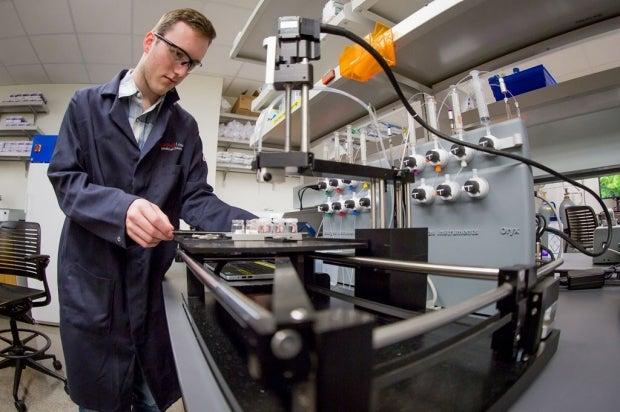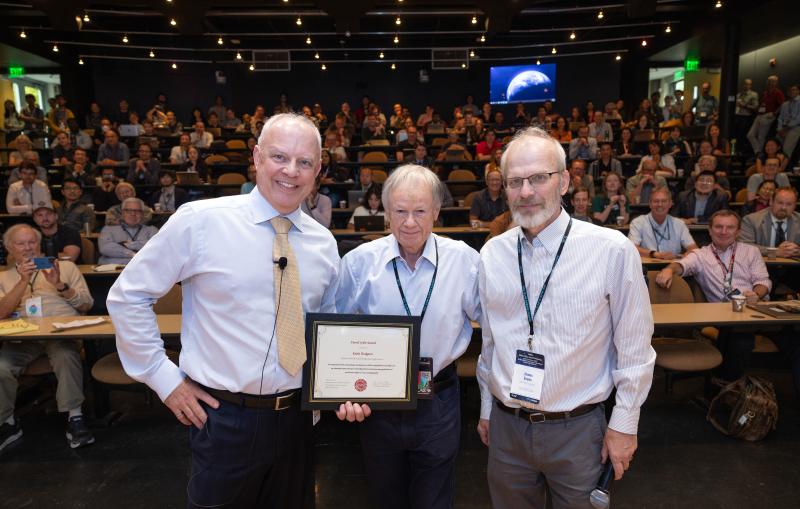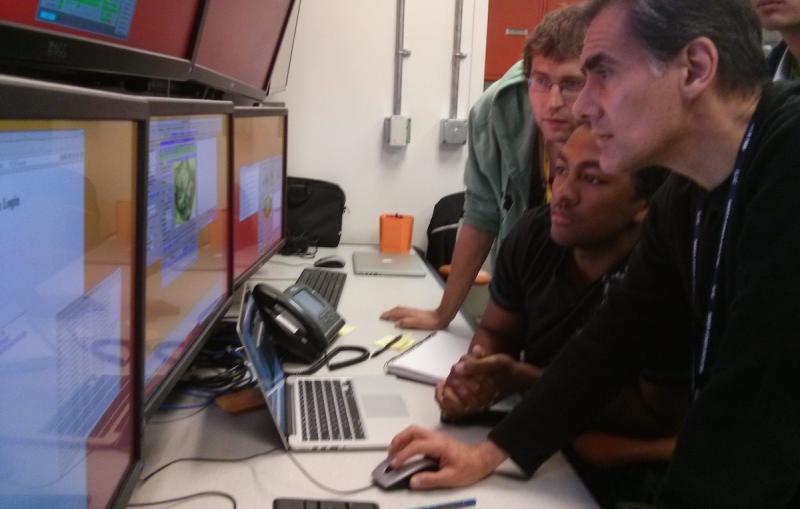April 26, 2016
Your One-stop Shop for Producing, Crystallizing Biomolecules
The Macromolecular Structure Knowledge Center can help researchers who lack equipment for testing hundreds of different crystallization conditions or expertise in working with challenging molecules.

Dig Deeper




